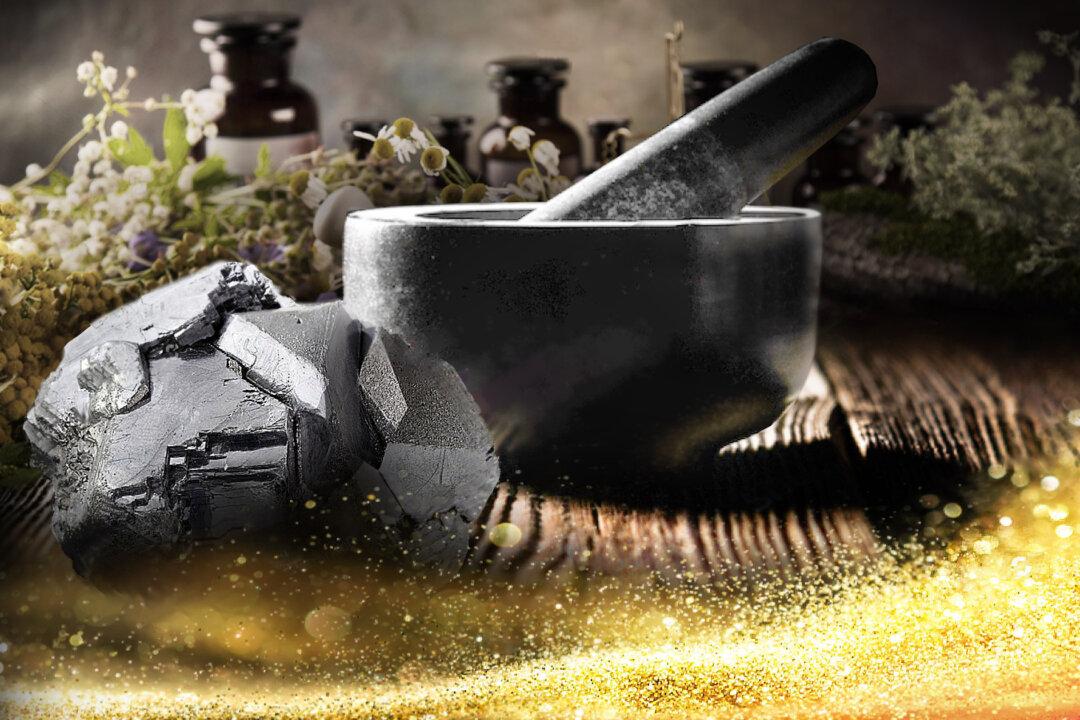It is evident that congruent quests unfolded in tandem in ancient India, China, and Egypt thousands of years ago. These civilizations all sought to transform lead or other elements into gold and attain immortality by manipulating and purifying myriad types of matter.
Though their aims and procedures correspond in interesting ways, their specific alchemical procedures sprang up independently of one another.






